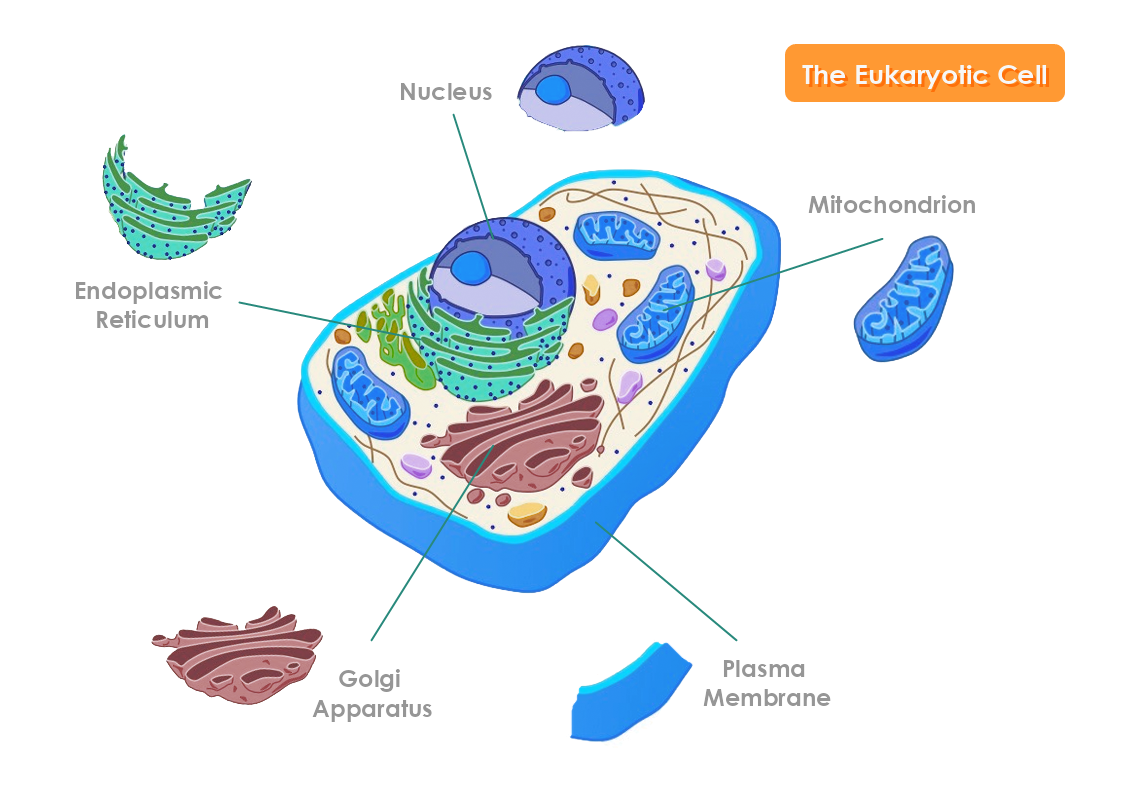
Eukaryotic cells are organized nuclei and organelles which are enveloped by membrane-bound organelles. Some examples of eukaryotic cells are plants, animals, protists, and fungi. Their genetic material is organized in chromosomes. The parts of the cell include the Golgi apparatus, Mitochondria, Ribosomes, and Nucleus.
The plasma membrane allows only some substances to pass through.
Protects the cells from shock and injuries.
As the membrane is made mostly of fluid it allows the interaction of molecules within the membrane. Also, has a big importance in terms of secretion, cell growth, division, etc.
Allows 2 types of transportation of molecules across the membrane:
Active transport – occurs against the concentration gradient and requires energy. Also, there is a need for carrier proteins, and is a highly selective process.
Passive transport –occurs along the concentration gradient and therefore and does not require energy. There is no need for carrier proteins and is not selective.
The eukaryotic cells have membrane-bound organelles.
In the prokaryotic cell, the DNA simply floats around the cytoplasm.
In the prokaryotic cell, organelles are not covered in a plasma membrane.
In the eukaryotic cell are a lot of membrane-bound organelles that divide the cell into many different compartments.
The eukaryotic cells contain mitochondria to create ATP molecules from glucose and chloroplasts to create glucose from sunlight (only in plants and algae).
The nucleus that the DNA houses are found in the eukaryotic cell.
Golgi apparatus that folds and packages various proteins and cellular products.
In the eukaryotic cell, there is also the endoplasmic reticulum that creates many chambers to carry out specific biochemical reactions.